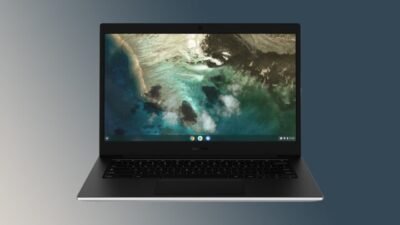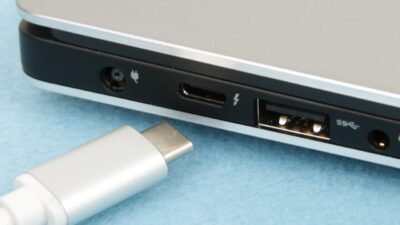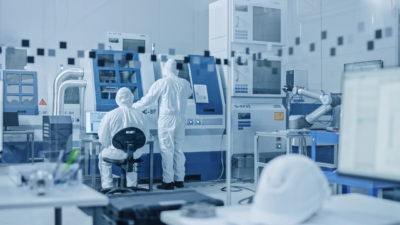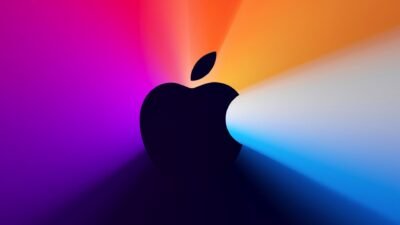How to Take a Great Picture if You Have No One to Photograph You
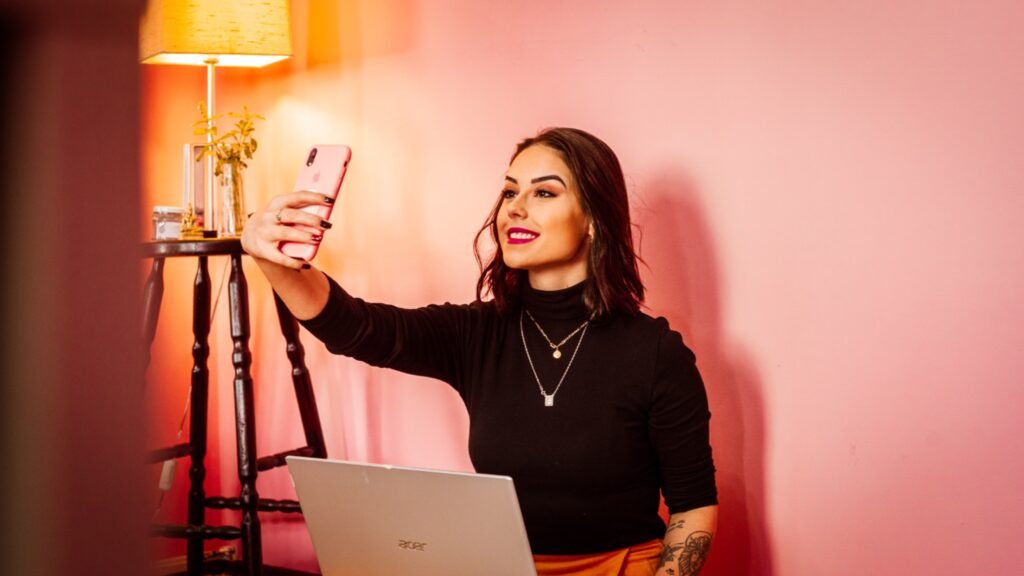
Self-photos have long ceased to be perceived as a strange fashion trend. They used to be the subject of newspaper articles and entire programs. Who’s surprised now? But taking a picture of yourself isn’t just about taking a picture with your hand. Creating a good shot is much harder than using a betting app because it requires both the right tools and a certain amount of knowledge. See our article for details.
Selfie Tools
Modern smartphones have front cameras with high-quality lenses. It’s no longer a problem to take a picture of yourself on the phone and get a high-quality photo. It’s enough to stretch out your hand – literally.
Sometimes an outstretched arm isn’t enough. Then small, compact smartphones come to the rescue.
For outdoor shoots, there’s a set of assistive gadgets that you can carry around with you without any problems. They can easily fit into a small purse or backpack.
A monopod is a practical hand-held tripod for creating self-portraits or recording videos with the author in the lead.
A tripod is essentially the same as a sliding monopod, whose folding legs turn it into a tripod-like device. The connection to your smartphone is wireless, via Bluetooth.
Other devices are useful for shooting indoors.
A tripod is mobile support. Of course, they are made for pointing and holding heavier camera equipment. But they’re also good for taking pictures with a smartphone. There are both floor-standing and tabletop versions of tripods.
Tripod heads will keep your camera securely in place.
Small tabletop tripods can also be used when shooting outdoors.
A special mount allows you to mount your smartphone on a tripod. Often it comes in a set.
Ring lamps are useful for shooting indoors. They will help you achieve proper and even lighting when taking pictures. This will make your photos or videos look more professional.
How to Control Your Smartphone From a Distance
To take a full-length picture of yourself against a beautiful background, neither an outstretched arm nor a long monopod will be enough. It’s all about controlling your smartphone from a distance. The possibilities are endless.
Delayed Release Timer
You can set the delay timer for three or ten seconds. It’s easy: you press “Shoot” and quickly get to the place you want to shoot.
Special Apps
There are different programs that trigger the delay timer remotely. For example, it is triggered by a sharp sound (clapping hands, snapping fingers) or a certain finger movement. For Android smartphones, this is Open Camera. For the Apple iPhone, you need to install the Quick Commands application. With it you need to teach the voice assistant Siri to turn on the camera shutter button.
An Option for iPhone Users
A standard iOS option on the Apple iPhone is the voice control command “Turn up the volume” (increase the volume).
It’s necessary to activate this option: Settings – Universal access – Voice control. After that, a blue microphone indicator will appear in the status bar.
In the Camera app, just say the phrase “Turn up the volume” and the volume button, which is responsible for releasing the shutter, will be virtually pressed.
Bluetooth Remote
Perhaps the purchase of remote control is the most preferable option. Such a device is often included in the set of monopods for selfies.
Before you start, you need to “tether” the remote to your smartphone. It’s easy to do. When you’re in the vicinity of your smartphone, turn on the remote. The smartphone will detect it automatically. Now you need to pair it up.
Let’s get to work. According to the instructions, the large button is responsible for releasing the shutter on Apple iPhone smartphones, and the small button on Android smartphones. In fact, both buttons were equally successful as the shutter release on the iPhone.
Where to Look When Taking Pictures
The most expected answer is to look at the smartphone screen to be in the frame. This is our habit of controlling the composition of the picture, an inheritance from shooting with an ordinary camera.
And that’s not quite the right answer! If you lined up the numerous selfies, it turns out that most of them are twins. The same composition, the same look in the lens. No matter how many faces are in the frame, their gazes are directed at one point: the camera lens.
Much more interesting look pictures, where the gaze of the person being shot is focused on something else, located away from the lens. It wasn’t difficult to select the previous three images from the enormous number of similar ones. And it took much longer to find photos where the gaze was “detached” from the lens.
Not being able to visually track the composition of a future shot is hard to get used to. It’s even more difficult to do when shooting on a long monopod.
And it’s even harder to do when creating a composition using the rule of thirds. Modern smartphones automatically superimpose lines on the screen so the photographer can visually see those thirds. You have to try to make sure that the key objects in the future photo fall on the intersection points of these lines. The main thing is to turn on the grid in the smartphone settings.
Being able to watch the screen with your side vision and pointing the smartphone lens at yourself without looking is a useful skill. Looking away from the lens will make the picture look natural and original.
You should only look at the camera when you’re taking a mirror image. This gives the impression that the person being photographed is looking at something on the screen of the smartphone. But it’s when shooting in the mirror that many people abstract away from the screen and look at their reflection. They lose the most important thing – the naturalness of the picture.
Original Shooting Techniques
Continuous Shooting
It’s not convenient to hold a smartphone in one hand and press the shutter button every time. But if you take a series of shots, you can kill two birds with one stone. The continuous shooting is done by holding down the shutter button or the volume control button.
In this case, they are tightly pressed with the finger, the smartphone is more stable in the hand. A slight manipulation of the brush is enough to get a series of pictures from different angles.
You can change your pose, facial expression, etc. at the same time. The result is at least a couple of original photos from several series.
Video Screenshots
Another trick is to capture high-resolution videos and then take screenshots. Don’t save your smartphone memory for this purpose. Choose 4K, 30 fps, or 4K, 60 fps mode. After all, you won’t be shooting a long movie, but a short clip of 10-20 seconds.
You don’t have to shoot in a static pose at all. On the contrary, shooting video in motion will give the extracted frames dynamism and naturalness.
Experiments With Foreshortening and Lighting
Extreme Overhead Camera Angles
Many recommendations for taking selfies come down to one thing: Take a picture with the phone in front of you, or just a little bit from above.
But sometimes selfies deviate from these rules. So, beautifully memorable photos can be taken from an extremely overhead angle. Not at all embarrassed by the fact that only body parts will be in the frame.
Extremely Low Angle Photo
Many photographers strongly discourage an extremely low angle. It’s believed that even those with perfect facial features will look as unattractive as possible. But it’s this angle that sometimes makes a photo look unexpectedly beautiful and original.
You can use an even lower angle – just put your smartphone on the ground and use the Bluetooth remote to take the picture.
Mirrored Reflections
Reflective surfaces are a treasure trove for all photographers, including fans of selfies.
More often than not, regular mirrors are used. Photos with a mirror reflection always look good. Whether it’s a simple photo in an elevator or a staged photo with a mirror on the ground. Original photos can be made with spherical mirror surfaces.
Alexia is the author at Research Snipers covering all technology news including Google, Apple, Android, Xiaomi, Huawei, Samsung News, and More.
